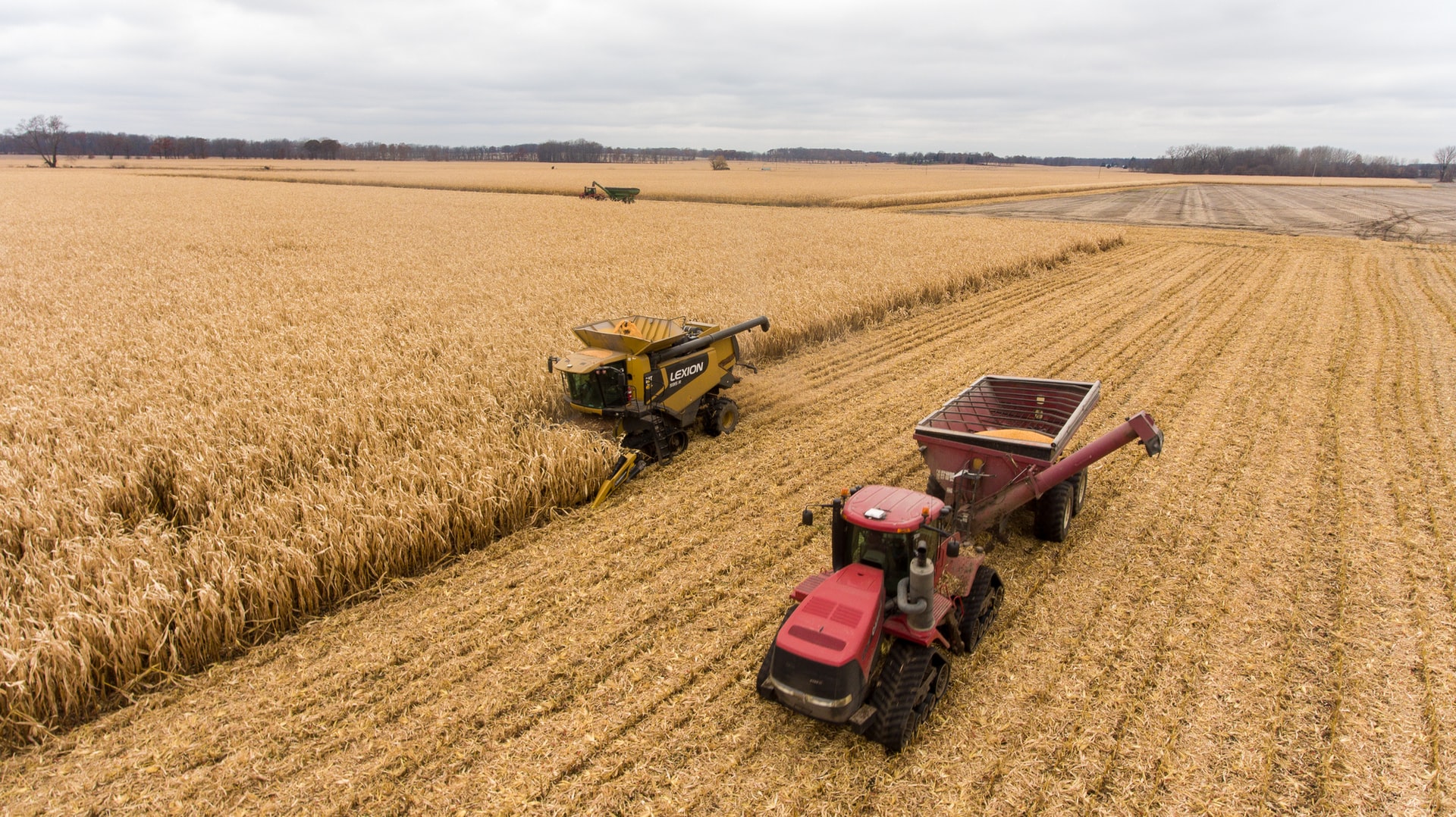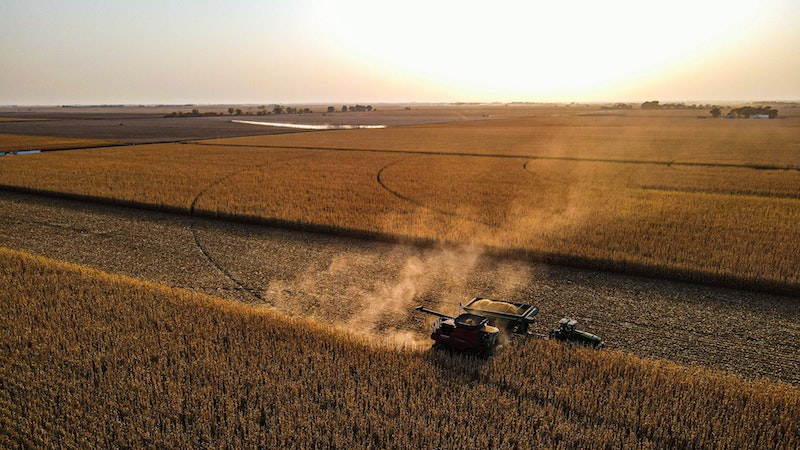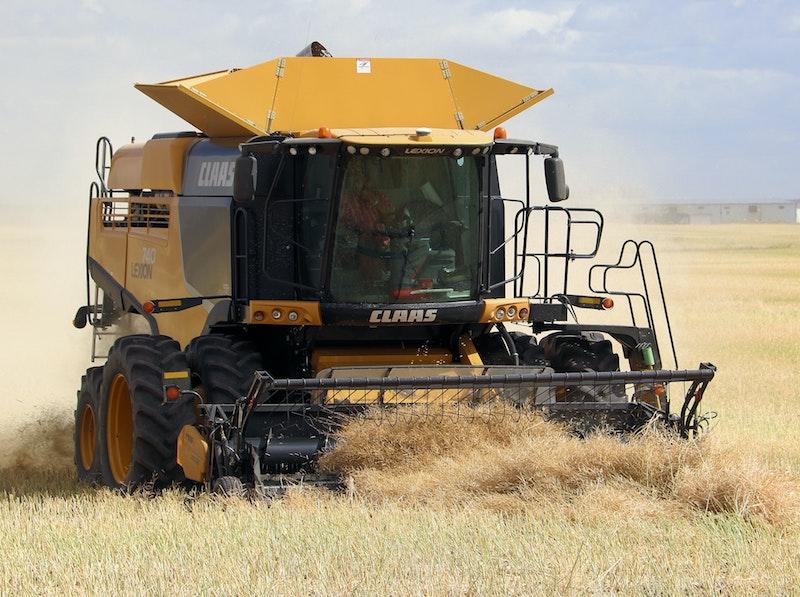Today's large farming operations have a lot to deal with — not only are they subjected to the usual ups and downs of environmental conditions (which become more unpredictable with climate change), but also the pressures and demands of feeding a virtually insatiable global supply chain. These stresses are unavoidably passed onto agricultural equipment and their component parts, tasked with the tilling, sowing, fertilization, irrigation, and harvest of farmland — and the subsequent processing, transportation, and storage of crop yields.
Farm equipment parts must be equal to the challenge, constructed from strong, durable materials which won't quit. Ductile iron was literally made for hard work, exhibiting the kind of toughness, flexibility, and dependability which is a must for agricultural castings. Let's take a look at how they fit into each phase of the agricultural process.
Soil Preparation
As with many businesses, the key to a quality deliverable is in the setup, and that is especially true in farming. Without proper soil preparation, a poor harvest is almost inevitable. Soil prep is one of the toughest and costliest jobs on any farm, and as such must recruit some of the most powerful equipment (and agricultural machinery parts) available to ensure success.
Some of the primary tools involved in soil preparation include:
- Plows: main tilling implement — breaks up, raises, turns, and mixes soil.
- Harrows: further refine soil after plowing, breaking up clods and improving overall soil structure
- Cultivators: teeth work around existing crops for weed removal
- Cultipackers: pack down soil and small stones, removes air pockets
- Ditchers/ridgers: oppositely rotating discs create ditches or ridges in soil
- Leveler: levels out landscape
Tilling, like many other farming operations, is largely facilitated by beefy tractors that pull the implements along. Because of ductile iron's excellent elasticity, it resists pulling forces brilliantly without deforming, making it a natural fit for agricultural equipment parts such as bearings that connect one or more components together.
Sowing
Once the land is prepared, it's ready to be sown. The two most important machines used in sowing are the seed drill and the planter.
- A seed drill (aka grain drill) uses air to feed individual grains or seeds from a hopper into a series of tubes set a predetermined width apart (so the plantings are not too close to one another). The rate and depth of deposit are also adjustable. A colter creates a furrow for the seed, which is covered up by the furrow closer.
- A planter is typically employed for larger grains and utilizes a vacuum system to move the seed from a large hopper into smaller hoppers. At the end of these are rotating discs that carefully deposit one seed at a time through a hole. Like seed drills, planters also save time by creating and closing furrows as they move along.
Rotary components are key in these machines, which is where something like a ductile iron hub (center of the rotational axis) might come into play.

Fertilization
Fertilization of the planted seeds can be executed by one of two machine classes, depending on whether the fertilizer is dry or wet.
- Spreaders will either drop or broadcast (throw) solid fertilizers depending on their configuration.
- Boom sprayers disperse liquid fertilizers through a series of nozzles mounted horizontally on a pipe.
Fertilization can be messy business (as can most agricultural operations), so it's vital to keep key farm equipment parts shielded and supported, as you might with ductile iron housings. The vibration damping characteristics of ductile iron help keep things steady as these machines throw their weight around!
Irrigation
Irrigation systems do not weather the same intense physical forces as some of the others previously discussed, but that doesn't mean they are free from stress on the job! One of the chief appeals of ductile iron is its ability to elongate (and withstand internal pressures), which is why piping is one of its most common applications.
While Urick does not specialize in ductile iron pipe, our foundry may be able to assist you with agricultural castings used in irrigation nozzles and pivots.
Harvesting
There's nothing more satisfying in the world of agriculture than a bountiful harvest, but time is of the essence to reap what has been sown at its peak ripeness and freshness (or comfortably before if the item is to undergo extensive transport). The machines assigned to this task may vary depending on what is being harvested, but combines, harvesters, and balers are the most common.
Agricultural castings in this category must be designed for slicing, cutting, and shearing at high rates — ductile iron's high fatigue strength can help your farm equipment stand up to the high volumes over repeated cycles, while its compression strength and abrasion resistance are desirable in a setting where parts push against and slide together in very close proximity.

Storage and Transport
Harvested crops are loaded into wagons, trailers, or trucks to be moved from the field to storage. This process needs to happen efficiently to preserve the product's freshness and integrity. Ductile iron agricultural castings may serve in several capacities here, whether it's a trailer hitch or the suspension, steering, or transmission systems of farm vehicles.
Urick has also cast parallel arms for ag customers, such as may be used in mechanisms for lifting or lowering loads of harvest.
Ductile Farm Equipment Parts from Urick
When it comes to dependable agricultural castings for farm equipment parts, Urick more than pulls its plowshare. Get in touch with us to see how we can make your agricultural machinery better work for you.



